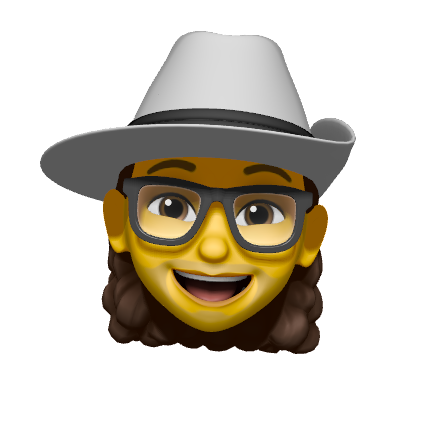
Understanding user needs is a critical part of designing intuitive, user-friendly products and services. User needs refer to the goals, desires, preferences, and pain points of your target users. Different users can have vastly different needs depending on the context and their backgrounds. For example, an older user may need larger buttons and text than a younger user. An expert user may desire more advanced features than a novice. Identifying and catering to user needs is key to product adoption and satisfaction.
This article will explore the main methods UX researchers and designers use to understand user needs, including surveys, interviews, user testing, analytics review, competitive benchmarking, and journey mapping. We’ll look at the advantages and disadvantages of each method and tips for applying them effectively. Thoroughly researching user needs can uncover critical insights that inform better product design decisions. The user research process enables designers to identify pain points to fix and opportunities to pursue. Ultimately, deeply understanding user needs allows you to design solutions that delight your customers by meeting their goals and expectations.
Surveys
Surveys are one of the most common ways to gather feedback directly from users. Online survey tools make it easy to create questionnaires with a mix of multiple choice, rating scale, and open-ended questions. Surveys are great for getting quantitative data on users’ behaviors, attitudes, preferences, and satisfaction. Some examples of survey questions that provide user insights:
- How often do you use our product/service?
- How satisfied are you with different features?
- What problems do you encounter while using our product?
- How likely are you to recommend our product to colleagues?
Keep surveys concise and focused. You can supplement longer surveys with shorter pulse surveys to check in with users periodically. Offer survey participants incentives to encourage higher response rates.
User Interviews
Interviewing users allows you to have in-depth conversations focused on their experiences and perspectives. One-on-one interviews provide qualitative insights that surveys cannot capture. Prepare an interview script to cover the key topics while allowing room for open discussion. Take detailed notes and highlight memorable quotes.
Some example interview questions:
- Walk me through how you currently accomplish [x task] using our product.
- What frustrations or pain points have you experienced with our product?
- What features or improvements would you like to see?
- How could our product better meet your needs and expectations?
Contextual inquiry interviews observe users working in their own environment. This helps you understand their real workflows, challenges, and motivations.
User Testing
User testing sessions present participants with typical tasks and scenarios. Moderated tests allow you to ask clarifying questions and gain feedback as users interact with products or prototypes. Unmoderated remote user testing allows participants to complete tasks on their own time.
Observe where participants succeed versus struggle while completing tasks. Note feedback on parts they find confusing or counter-intuitive. Identify usability issues and pain points. User testing reveals how real users interact with your product compared to your assumptions.
Analytics Review
Review usage analytics from your existing products to uncover user behaviors and trends. Analytics provide insights into:
- Most used and least used features
- User flows through products
- High exit/drop-off pages
- Error and failure points
Compare analytics across user cohorts and personas. See where different users’ needs differ and overlap. Use this data to prioritize improvements and new features.
Competitive Benchmarking
Research competitor products and user experiences. Compare their strengths and weaknesses to your own. Look for what competitors do better or worse. Seeing where competitors fall short represents opportunities to better serve user needs. Benchmarking against market leaders also provides a higher bar to strive for.
Journey Mapping
Map out end-to-end user journeys to highlight pain points and opportunities. Journey maps visualize the steps users take to complete key tasks and achieve their goals. Identify obstacles, difficult stages, and areas for optimization. Interview users to capture detailed perspectives and emotions associated with each journey stage.
Understanding user needs requires employing a mix of research methods. Surveys, interviews, testing, analytics, benchmarking, and mapping together provide well-rounded insights. Analyze your findings to truly empathize with users. Synthesize what you learn into actionable goals for meeting user needs better. This user-centered understanding drives impactful product design and development.

